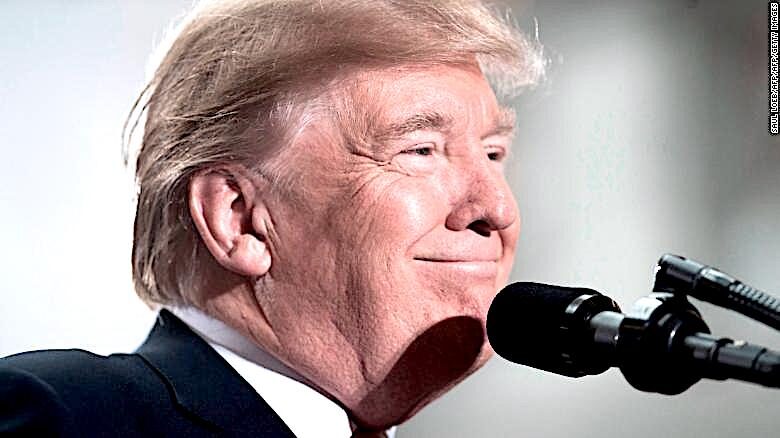"This evening I am happy to report that in addition to the President meeting the CDC criteria for the safe discontinuation of isolation, this morning's COVID PCR sample demonstrates, by currently recognized standards, he is no longer considered a transmission risk to others," physician Sean Conley wrote in a memo released by the White House.
The White House still has not made clear when Trump last tested negative for COVID-19, but Conley's memo provides some cover for the president as he resumes holding public gatherings and speaking to supporters.
Conley wrote that Trump has been "fever-free for well over 24 hours and all symptoms improved" which raises additional questions about when Trump last had a fever. Previous memos from the doctor earlier in the week had indicated Trump was fever-free for several consecutive days.
The physician wrote that diagnostic tests showed "there is no longer evidence of actively replicating virus. Moving forward, I will continue to monitor him clinically as he returns to an active schedule," Conley continued.
The president held his first in-person event on Saturday when he spoke to hundreds of supporters on the South Lawn of the White House from a balcony.
The event, which featured no social distancing among guests and hit-and-miss mask wearing, reflected how little Trump's approach to the virus changed despite his own brush [with] the disease that has killed more than 210,000 Americans.
"But it's going to disappear; it is disappearing," Trump said
Trump is scheduled to hold a campaign rally in Florida on Monday, his first time traveling since testing positive.
Centers for Disease Control and Prevention (CDC) guidelines say adults with mild-to-moderate COVID-19 can be around others 10 days after the onset of symptoms so long as they have gone 24 hours without a fever and other symptoms are improving. Severe cases require longer isolation periods.
The president first tested positive 10 days ago, on Oct. 1. He required supplemental oxygen the next day and had a fever and fatigue before being taken to Walter Reed National Military Medical Center. Trump was discharged three days later.
Since then, he has attempted to project a sense of normalcy, working from the Oval Office and tweeting out pre-recorded videos in which he touts the benefits of his treatment and urges Americans not to let the virus scare them.
But the White House has provided few specifics about Trump's condition, and has repeatedly stonewalled efforts to learn when the president last tested negative.
The latter point is particularly important, experts said, because knowing when Trump's most recent negative test was what would help determine when he first became contagious and who he may have exposed to the virus.




Comment: Trump gave a balcony appearance, which he dubbed the 'law and order' protest: ADD PIC BALCONY TRUMP No rest for the wicked, Twitter slaps Trump tweet with a 'potentially harmful information' warning: See also:
Trump eyes return to rallies Saturday after doctor says COVID-19 therapy completed